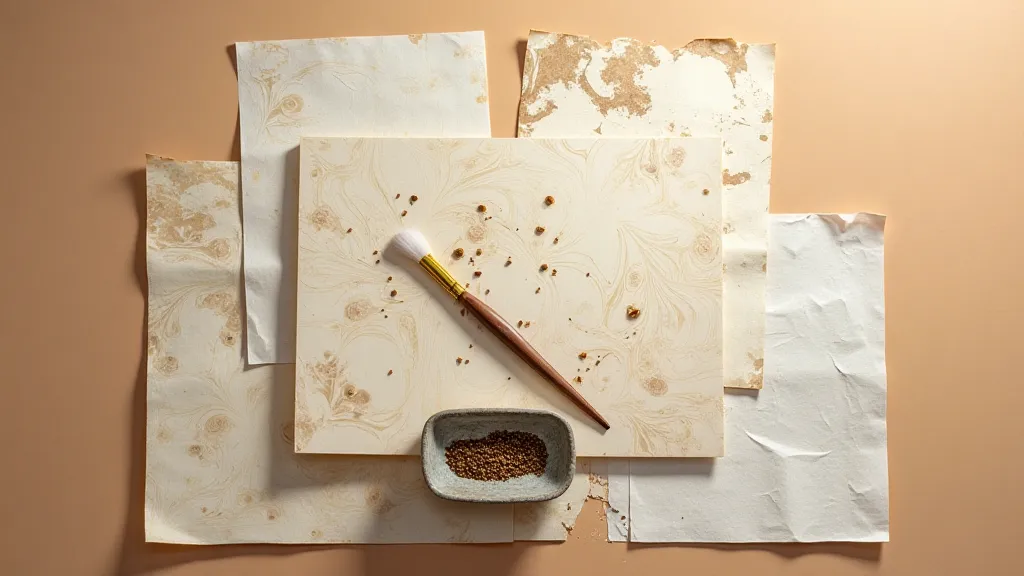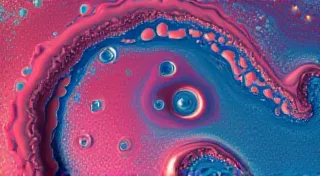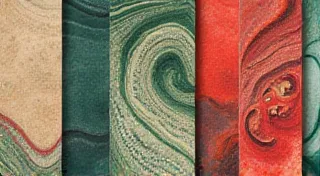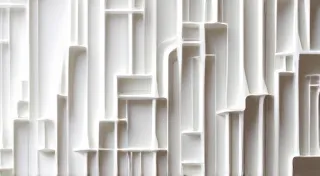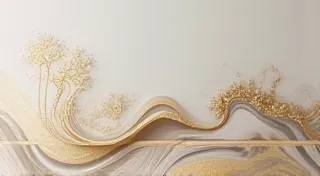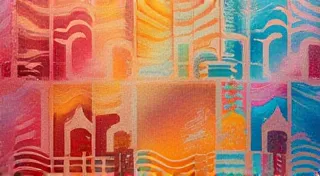Chromatic Whispers: Paper Marbling as a Conduit for Unearthing Story Seeds
There's a particular kind of solace one finds in the scent of aged paper, a whisper of bygone eras clinging to its fibers. I’m drawn to it deeply, especially the paper associated with antique accordions. These instruments, often found neglected in dusty attics, hold within them a silent history - sheet music delicately printed on thin stock, notations of dances and dreams long faded. The fragility of that paper, its vulnerability to the ravages of time, is a constant reminder of the ephemeral nature of creativity itself. And it's this connection, this shared vulnerability, that draws me to paper marbling.
Beyond the mesmerizing dance of inks on water, paper marbling offers a profound visual metaphor for the generative process of writing. It’s a technique steeped in history, originating independently in several cultures – Japan (Suminagashi), Persia (Ebru), and Italy. Each tradition developed its unique methods and aesthetics, but the core principle remains the same: to release color onto a water surface and then transfer that swirling, organic pattern onto paper. It's a process that relinquishes control, a deliberate step back from the meticulous order we often strive for in our craft. And in that surrender, something extraordinary can emerge.
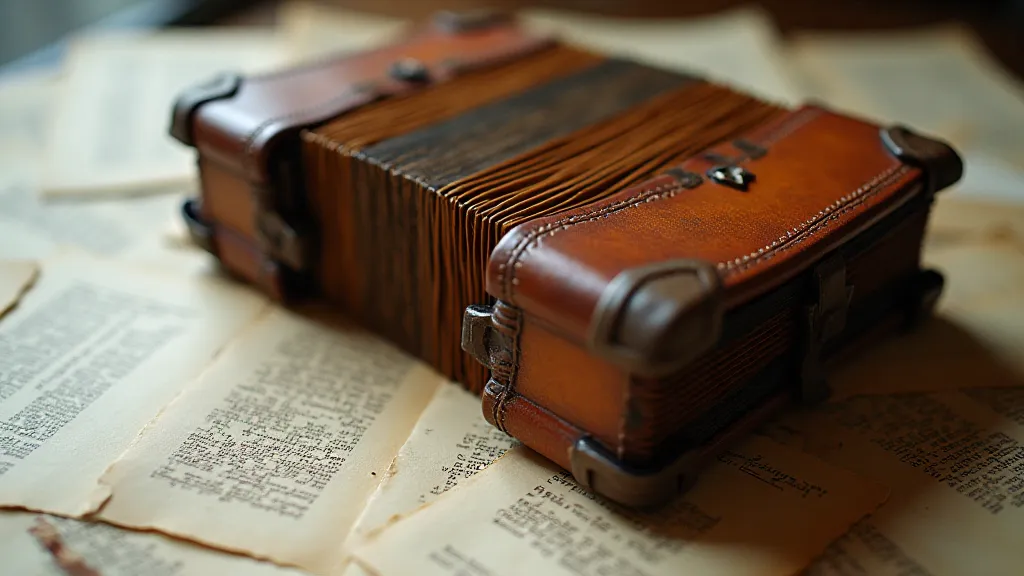
A Dance of Chance and Intent
The beauty of paper marbling lies in its inherent unpredictability. You prepare the size (a thickening agent, traditionally made from seaweed or flour), you select your pigments, you carefully arrange them on the water's surface. But the final image – the delicate blooms, the unexpected swirls, the surprising juxtapositions – remains elusive, a gift offered by the interaction of color and surface tension.
I first encountered paper marbling quite by accident. I was wrestling with a particularly stubborn chapter in a novel, feeling utterly disconnected from the narrative. The words felt hollow, the characters lifeless. A friend, knowing my frustration, suggested I try something entirely different – something tactile, something that required a different kind of focus. She brought over a simple marbling kit, and I hesitantly dipped my first brush into a vibrant indigo.
The initial results were… chaotic. Blobs of color clashed, patterns dissolved into muddy browns. But as I experimented, I began to understand the nuances – the delicate balance between pigment, size, and water. I learned to appreciate the imperfections, to see the potential within the seeming randomness. And slowly, miraculously, the mental block began to dissolve.
Restoration and Reverence: A Collector's Perspective
The appeal of antique marbled paper extends beyond the creative process; there’s a deep satisfaction in preservation. Collectors often seek out examples from specific periods or regions, appreciating the subtle differences in technique and the historical context they represent. Early Italian marbled paper, for instance, often features simpler patterns and a more restrained color palette compared to the more elaborate designs of the Ottoman era.
Restoring damaged marbled paper can be a delicate undertaking. Gentle cleaning is crucial to remove surface grime without smudging the fragile ink. Acid-free materials are essential for storage and framing to prevent further deterioration. It's a labor of love, a testament to the enduring power of handcrafted beauty.
The fragility of these artifacts underscores the importance of appreciating the skills and artistry of the original creators. They were masters of a craft that demanded patience, precision, and a deep understanding of materials. Their legacy continues to inspire us, reminding us of the beauty that can be found in imperfection and the value of preserving our cultural heritage.
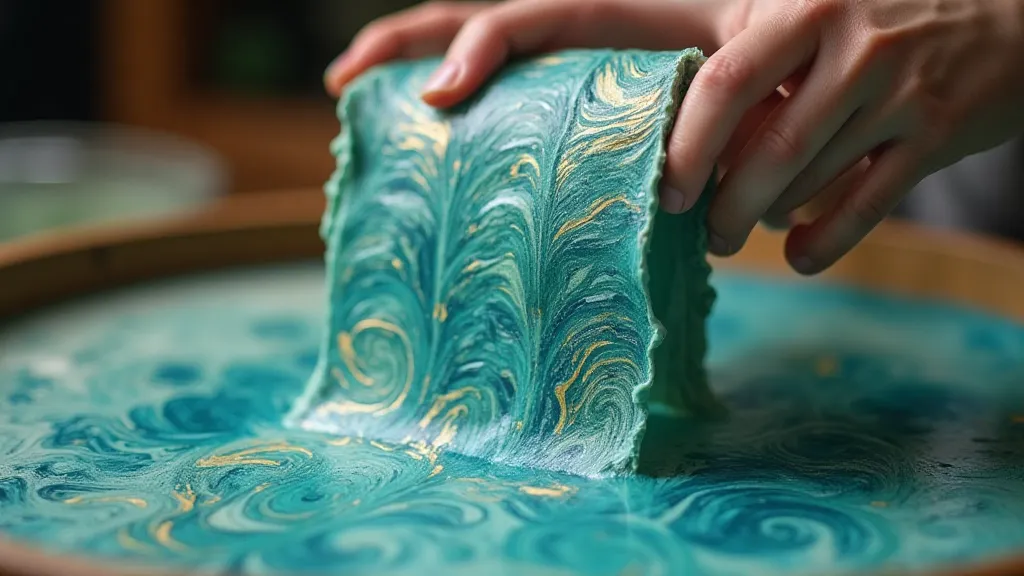
Marbled Paper as a Narrative Catalyst
So, how does this seemingly disparate art form – paper marbling – inform the writing process? It’s not about directly translating marbled patterns into prose. Rather, it’s about cultivating a mindset. It’s about embracing the unexpected, allowing for serendipitous discoveries, and understanding that not all stories follow a linear path.
I started using marbled paper as a writing prompt. I would choose a sheet at random, studying its colors, its patterns, its overall mood. Then, I would begin to free-write, allowing the paper to guide my thoughts. Sometimes, a single color would trigger a memory. Other times, the arrangement of the patterns would suggest a character dynamic or a plot twist.
One sheet, dominated by a deep crimson bloom, sparked a short story about a forbidden romance set against the backdrop of a Victorian greenhouse. Another, a chaotic swirl of earthy tones, inspired a poem exploring themes of loss and resilience. The possibilities are endless. The marbled paper doesn’t dictate the story; it unlocks it – it’s a visual key to a hidden narrative landscape.
The act of creating marbled paper has also taught me to be more forgiving of my own writing. The initial attempts are rarely perfect. There are moments of frustration, of doubt. But just as with paper marbling, those imperfections often become the most interesting part of the final product. They add texture, depth, and authenticity.
Beyond Decoration: An Echo of Creation
Ultimately, paper marbling is more than just a decorative art form. It’s a microcosm of the creative process itself – a dance of chance and intent, a testament to the beauty of imperfection, and a powerful reminder that the most extraordinary stories often emerge from the unexpected.
The next time you find yourself struggling to find the words, or feel disconnected from your creative flow, consider venturing into the world of paper marbling. Allow the colors to guide you. Embrace the chaos. And listen closely to the chromatic whispers – they may just hold the key to unlocking your next story seed. The echoes of creation resonate not only within the marbled paper, but within the writer’s soul.
